- Home
Page 2
Page 2
 Doctor No
Doctor No Octopussy & the Living Daylights
Octopussy & the Living Daylights On Her Majestys Secret Service
On Her Majestys Secret Service You Only Live Twice
You Only Live Twice From Russia With Love
From Russia With Love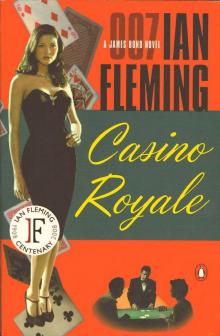 Casino Royale
Casino Royale Thunderball
Thunderball For Your Eyes Only
For Your Eyes Only Goldfinger
Goldfinger The Man With the Golden Gun
The Man With the Golden Gun The Spy Who Loved Me
The Spy Who Loved Me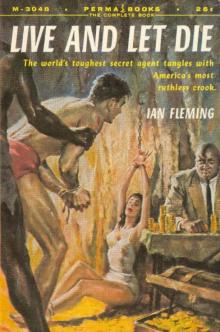 Live and Let Die
Live and Let Die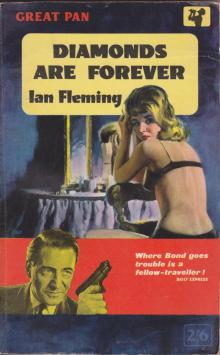 Diamonds Are Forever
Diamonds Are Forever Moonraker
Moonraker The James Bond MEGAPACK®
The James Bond MEGAPACK® Bond 10 - The Spy Who Loved Me
Bond 10 - The Spy Who Loved Me From Russia with Love (James Bond - Extended Series Book 5)
From Russia with Love (James Bond - Extended Series Book 5) Bond 08 - For Your Eyes Only
Bond 08 - For Your Eyes Only Bond 14 - Octopussy and the Living Daylights
Bond 14 - Octopussy and the Living Daylights Bond 11 - On Her Majesty's Secret Service
Bond 11 - On Her Majesty's Secret Service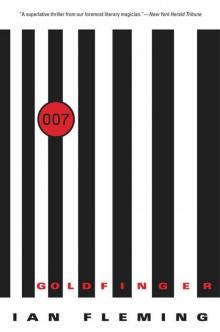 Bond 07 - Goldfinger
Bond 07 - Goldfinger Bond 12 - You Only Live Twice
Bond 12 - You Only Live Twice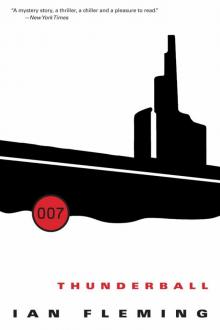 Bond 09 - Thunderball
Bond 09 - Thunderball Bond 01 - Casino Royale
Bond 01 - Casino Royale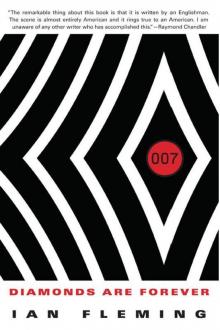 Diamonds are Forever (James Bond - Extended Series Book 4)
Diamonds are Forever (James Bond - Extended Series Book 4) Bond 06 - Dr. No
Bond 06 - Dr. No Moonraker (James Bond - Extended Series Book 3)
Moonraker (James Bond - Extended Series Book 3) Bond 05 - From Russia With Love
Bond 05 - From Russia With Love Casino Royale (James Bond - Extended Series Book 1)
Casino Royale (James Bond - Extended Series Book 1)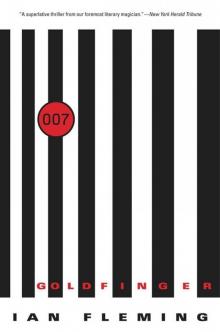 Goldfinger (James Bond - Extended Series Book 7)
Goldfinger (James Bond - Extended Series Book 7) Chitty Chitty Bang Bang: The Magical Car
Chitty Chitty Bang Bang: The Magical Car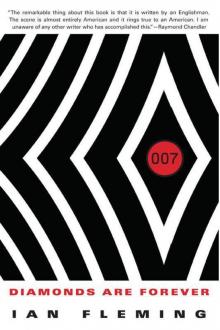 Bond 04 - Diamonds Are Forever
Bond 04 - Diamonds Are Forever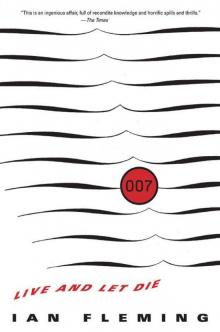 Bond 02 - Live and Let Die
Bond 02 - Live and Let Die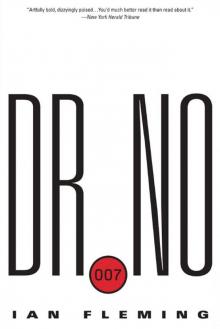 Dr. No (James Bond - Extended Series Book 6)
Dr. No (James Bond - Extended Series Book 6) The Hildebrandt rarity
The Hildebrandt rarity Live and Let Die (James Bond - Extended Series Book 2)
Live and Let Die (James Bond - Extended Series Book 2) Chitty Chitty Bang Bang
Chitty Chitty Bang Bang Bond 13 - The Man With the Golden Gun
Bond 13 - The Man With the Golden Gun Thrilling Cities
Thrilling Cities Bond 03 - Moonraker
Bond 03 - Moonraker